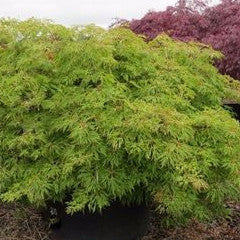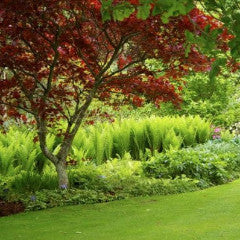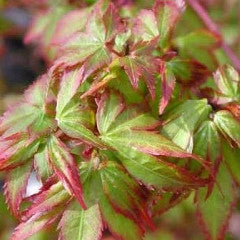Juniperis virginiana 'Burkii' Native Red Cedar
This species has been long out of favor for a couple of reasons. It is common, and it hosts a form of cedar apple rust, which is devastating to the ornamental crabapple (which has sharply declined in popularity). This is a great, beautiful, native tree.
Zone: 2 to 9
H: 10-25'
W: 4-10'
Sun: Full sun
Water: Medium
Maintenance: Low
Tolerate: Deer, Drought, Erosion, Dry Soil, Shallow-Rocky Soil, Black Walnut, Air Pollution
Adapted from Missouri Botanical Garden -
Easily grown in average, dry to moist, well-drained soils in full sun. Tolerates a wide range of soils and growing conditions, from swamps to dry rocky glades. Prefers moist soils but is intolerant of constantly wet soils. It has the best drought resistance of any conifer native to the eastern U.S.
Juniperus virginiana, commonly called Eastern red cedar, is native to Kentucky where it typically occurs on limestone bluffs and glades, wood margins, fields, pastures and fence rows throughout the state. It is a broadly conical, sometimes columnar, dense, evergreen conifer with horizontal branching that typically grows to 30-65’ tall. Gray to reddish-brown bark exfoliates in thin 'shreddy' strips on mature trees. Trunks are often fluted at the base. Heartwood is light brown and aromatic, and is commonly used for cedar chests. Dark blue green scale-like foliage. Foliage may turn brown-green in winter. Cultivars of this species often retain better foliage color in winter. This is a dioecious species (separate male and female trees). Female trees produce round, gray to blackish-green berry-like cones (1/4” diameter) that ripen in fall the first year. Berry-like cones are attractive to many birds.
'Burkii' is a columnar to narrow pyramidal cultivar which typically grows 10-15' (less frequently to 25') tall. Features dense, ascending branches with both needle-like and scale-like, glaucous, bluish-silver foliage which acquires a tinge of purple in autumn and winter. Male cultivar.



